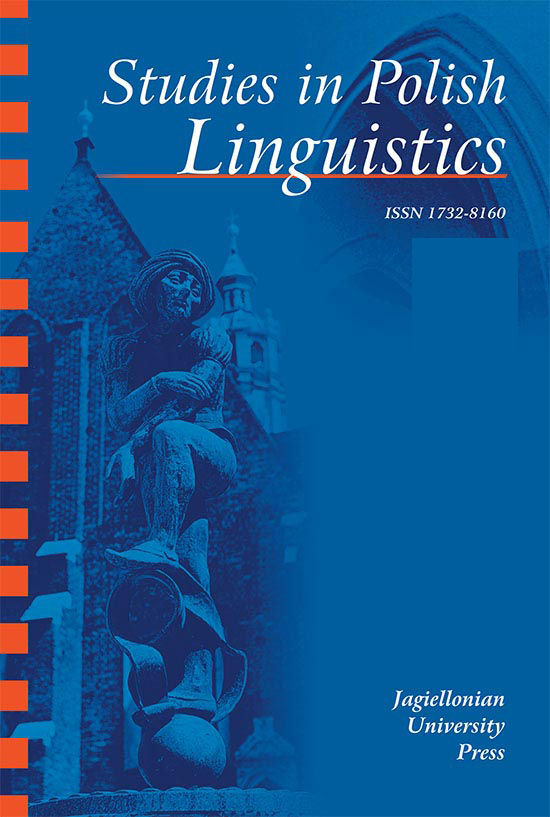Types of Appositive Relative Clauses in Polish
Types of Appositive Relative Clauses in Polish
Author(s): Barbara CitkoSubject(s): Theoretical Linguistics, Applied Linguistics, Eastern Slavic Languages
Published by: Wydawnictwo Uniwersytetu Jagiellońskiego
Keywords: appositive relative clauses; integrated appositives; non-integrated appositives; labels; coordination; parentheticals;
Summary/Abstract: While there has been a lot of research on the differences between restrictive and appositive relative clauses as well as on different types of restrictive relatives, distinctions within the class of appositive relatives have not been studied to the same extent till relatively recently (see, for example, Cinque (2008), Citko (2008b), Del Gobbo (2003, 2007, 2010)). My main goal in this paper is to add to this growing body of research on appositive relatives, by first reviewing the distinctions that have been pointed out to exist within this class, focusing on the distinction between what Cinque (2008) refers to as integrated and non-integrated appositives, and, second, by applying Cinque’s diagnostics to Polish, to show that Polish appositives are non-integrated. I then examine the structures Cinque assigns to the two types, pointing out some problems with assimilating non-integrated appositive relatives either to coordinate structures or to parentheticals in general. Drawing on recent views of labeling in syntax (Hornstein 2009 and Citko 2008c), I conclude by offering an alternative structure for non-integrated appositives relatives, on which the appositive CP starts out as a unlabeled DP adjunct, which forces it to move and adjoin to the root clause, thus deriving the main insight behind the so-called Main Clause Hypothesis for appositive relatives.
Journal: Studies in Polish Linguistics
- Issue Year: 11/2016
- Issue No: 3
- Page Range: 85-110
- Page Count: 26
- Language: English

